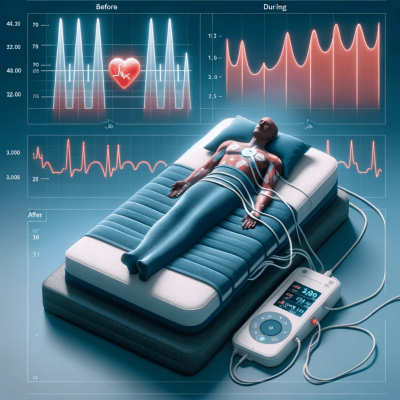Lower back pain is one of the most common medical problems in the United States. It can range from a mild annoyance to a crippling condition. While many people suffer from lower back pain, they may not know how to treat it. This article will provide some tips on how to deal with lower back pain.
Table of Contents
Toggle1. Go to a chiropractor
Going to a chiropractor may be the best option for you if you are suffering from lower back pain. Chiropractors specialize in treating back pain, and they can help to relieve your symptoms. They will likely adjust your spine to help relieve the tension that is causing your pain. If you live in the state of Georgia, there are chiropractors working in Atlanta that could help you out. Chiropractors are commonly considered to be more gentle than other healthcare professionals and may help to relieve some of the more acute lower back pain. They offer non-intrusive treatments that will help to lessen your pain while improving your overall health. Also, chiropractors often offer a wide range of services such as massage, nutritional counseling, and physical therapy which can help to minimize your pain and speed up your recovery.
2. Exercise
Exercising is another great way to deal with lower back pain. When you exercise, you are strengthening the muscles around your spine, which can help to support it and reduce your pain. There are many exercises that you can do to help relieve your pain, and it is important to find exercises that are comfortable for you. You may want to try yoga or pilates, which focus on strengthening the core muscles. You can also try swimming or biking, which are low-impact exercises that will not put strain on your back. It is important to start slowly and build up your endurance gradually. When you are exercising, it is important to focus on your posture. Many people tend to sit or stand in a hunched or forward posture, which can lead to back pain. It is important to maintain a neutral spine when you are doing an exercise, and to sit or stand up straight without straining your back. This may be especially difficult if you have trouble standing up straight or if you have a bad back. You may find that you need to perform some stretches to maintain a good posture when you do exercise.
3. A heating pad
If you are experiencing lower back pain, a heating pad may be a great way to relieve your symptoms. Heating pads help to increase the blood flow to the area, which can help to reduce inflammation and pain. Placing a heating pad on your lower back for fifteen to twenty minutes may help to provide some relief. You can also try using a hot pack or a cold pack. A cold pack may be helpful if you have swelling or inflammation, while a hot pack may help to loosen the muscles and increase the blood flow. It is important to make sure that you are using a heating pad that is recommended for your back. You should never place a heating pad on your skin without first putting a towel underneath it to prevent burns. Also, make sure that you are not placing a heating pad directly on an open wound. If you are experiencing lower back pain, make sure to talk to your doctor about what type of heating pad would be best for you.
4. Acupuncture
Acupuncture is a form of alternative medicine that has been used for centuries to treat a variety of medical conditions. Acupuncture involves the use of needles that are inserted into specific points on the body. Acupuncture may be beneficial for people who are suffering from chronic lower back pain. There is some evidence that suggests acupuncture may help to relieve pain, reduce inflammation, and improve function. If you are interested in trying acupuncture, it is important to find a qualified acupuncturist who has experience treating back pain. Acupuncture is not covered by all insurance companies, so you may need to pay out of pocket for treatment. It is a good idea to make an appointment with a qualified acupuncturist first and discuss your options and determine which treatment would be best for you. You may want to bring a list of questions that are important to you and bring those with you to your appointment, so that you can discuss them fully.
5. Medication
If your lower back pain is severe, your doctor may prescribe medication to help relieve your symptoms. There are a number of different medications that can be prescribed for lower back pain, including over-the-counter medications and prescription medications. Over-the-counter medications such as ibuprofen and naproxen can help to reduce inflammation and pain. Prescription medications such as opioids and muscle relaxers can help to relieve severe pain. It is important to take medication exactly as your doctor prescribes it, and to never take more than the recommended dosage. It is also important to discuss any side effects that you are experiencing with your doctor. Some people find that they need a combination of different treatments in order to get relief from their lower back pain. If you are not finding relief from your lower back pain with one treatment, talk to your doctor about trying another treatment. There are a number of different treatments available, so you should be able to find one that works best for you.
6. Surgery
If your lower back pain is severe and does not respond to other treatments, your doctor may recommend surgery. Surgery for lower back pain is usually a last resort, and it is only used if other treatments have failed. There are a number of different surgical procedures that can be performed for lower back pain, including spinal fusion, laminectomy, and disc replacement. It is important to discuss the risks and benefits of surgery with your doctor before deciding if surgery is the right choice for you. Surgery is a major procedure, and it can be expensive. You should also be aware that there are risks associated with any type of surgery. Make sure to ask your doctor lots of questions so that you fully understand the risks and benefits of surgery before making a decision. This is an extreme measure, so be sure you explore all other options before resorting to surgery.









